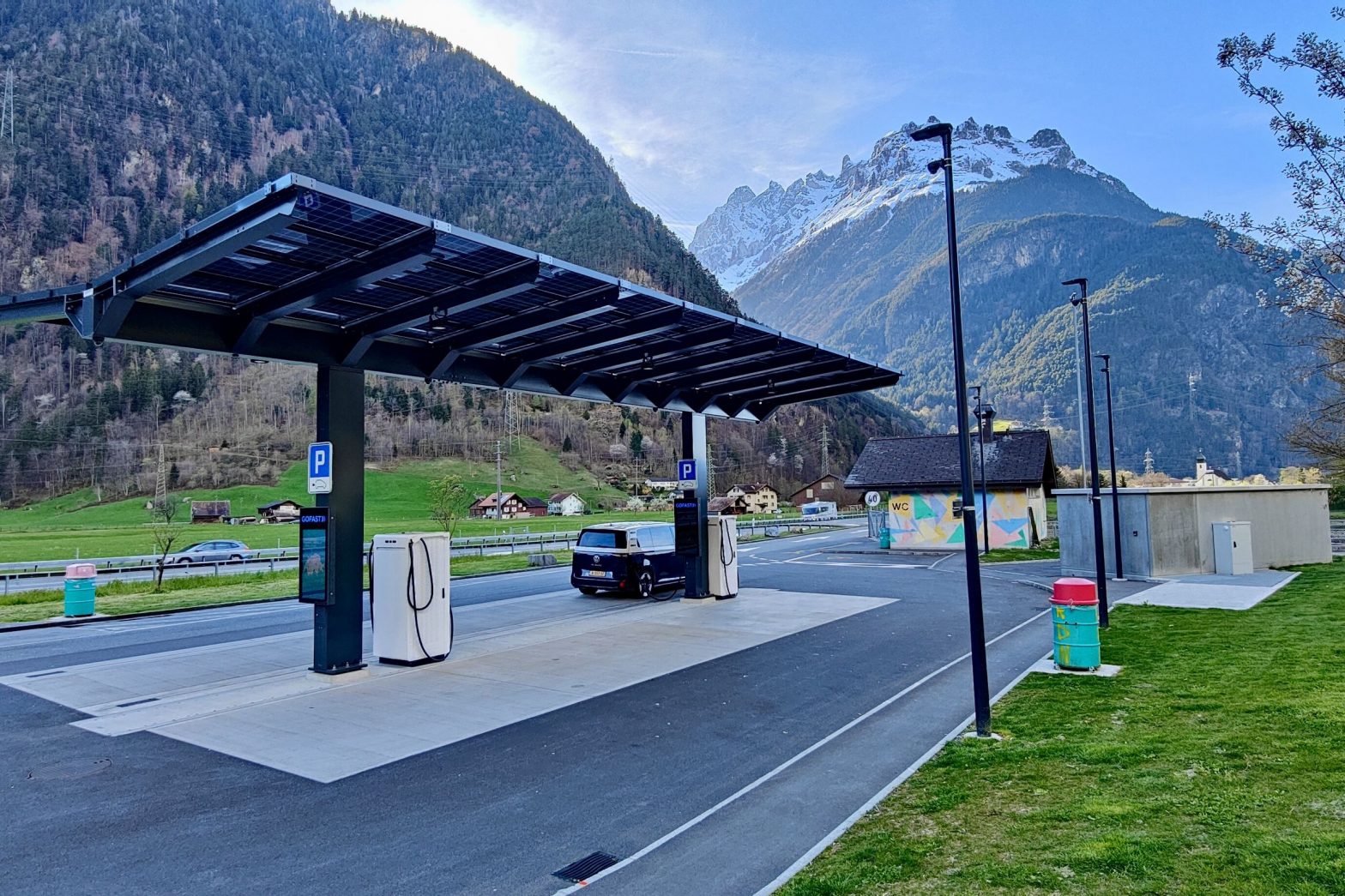/
The chargers must be placed every 60km (37mi) and allow ad-hoc payment by card or contactless device without subscriptions.
Share this story
:format(webp)/cdn.vox-cdn.com/uploads/chorus_asset/file/24681346/IMG20230414173851.jpg)
The Council of the EU has adopted new rules intended to make it much easier for EV owners to travel across Europe, while simultaneously helping to reduce the output of harmful greenhouse gases.
The new regulation is set to benefit owners of electric cars and vans in three ways: It reduces range anxiety by expanding the EV charging infrastructure along Europe’s main highways, it makes payments “at the pump” easier, and ensures pricing and availability is clearly communicated to avoid surprises.
From 2025 onward, the new regulation requires fast charging stations offering at least 150kW of power to be installed every 60km (37mi) along the EU’s Trans-European Transport Network, or (TEN-T) system of highways, the bloc’s main transport corridor. The fast charging network along European highways is already pretty robust, I discovered on a recent 3,000km (2,000 mile) roadtrip with a VW ID Buzz. This new law hopes to all but eliminate range anxiety for those sticking to TEN-T roads.
:format(webp)/cdn.vox-cdn.com/uploads/chorus_asset/file/24808099/Screenshot_2023_07_25_at_09.13.45.png)
The regulation also requires that ad-hoc charging payments can be made via cards or contactless devices, without requiring a subscription. That should make it possible to pull over to any charging station from any network and charge your EV without first hunting for the correct app or signing up for a subscription. Operators are required to clearly list prices at their installed recharging points via “electronic means,” including wait times and availability.
In addition to covering owners of EV cars and vans, the regulation also has deployment targets for recharging heavy-duty electric vehicles, and addresses maritime ports and airports, as well as hydrogen refueling for both cars and trucks.
:format(webp)/cdn.vox-cdn.com/uploads/chorus_asset/file/24808100/image__29_.png)
The new regulation is part of a so-called “Fit for 55” package of initiatives meant to help the EU reach its goal of reducing greenhouse emission by 55 percent before 2030 (compared to 1990 levels) and to achieve climate neutrality by 2050. Transportation is said to be responsible for 25 percent of the EU’s greenhouse gas emissions, with 71 percent of that coming from automobiles.
Now that the regulation has been formally adopted by the Council, it has to progress through a few formalities before entering into force as law across the EU.
“The new law is a milestone of our ‘Fit for 55’ policy providing for more public recharging capacity on the streets in cities and along the motorways across Europe,” said Raquel Sánchez Jiménez, Spanish Minister of Transport, Mobility and Urban Agenda, in a press release. “We are optimistic that in the near future, citizens will be able to charge their electric cars as easily as they do today in traditional petrol stations.”
